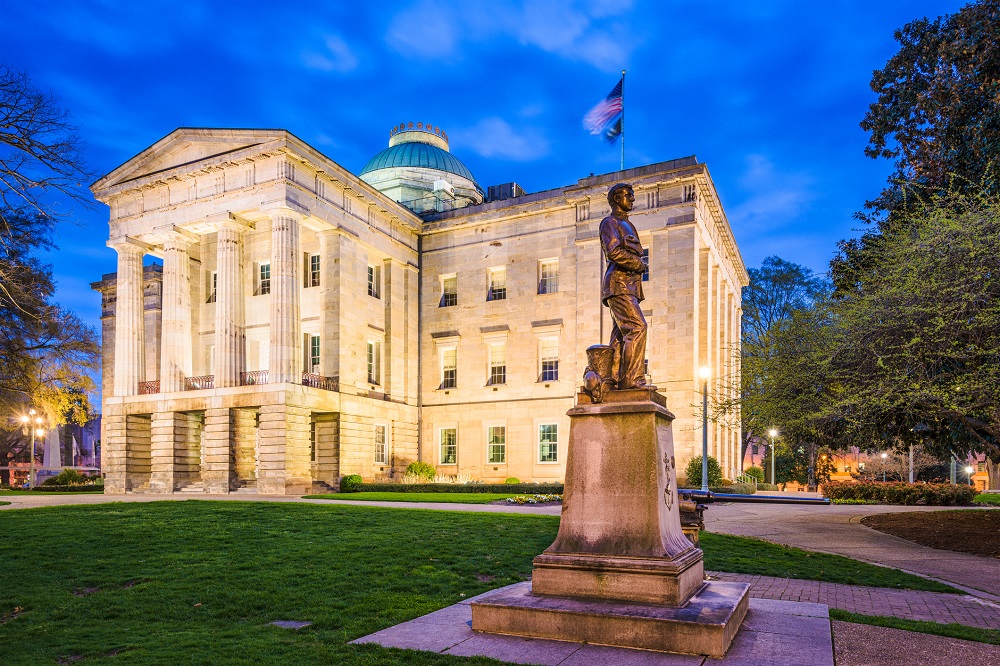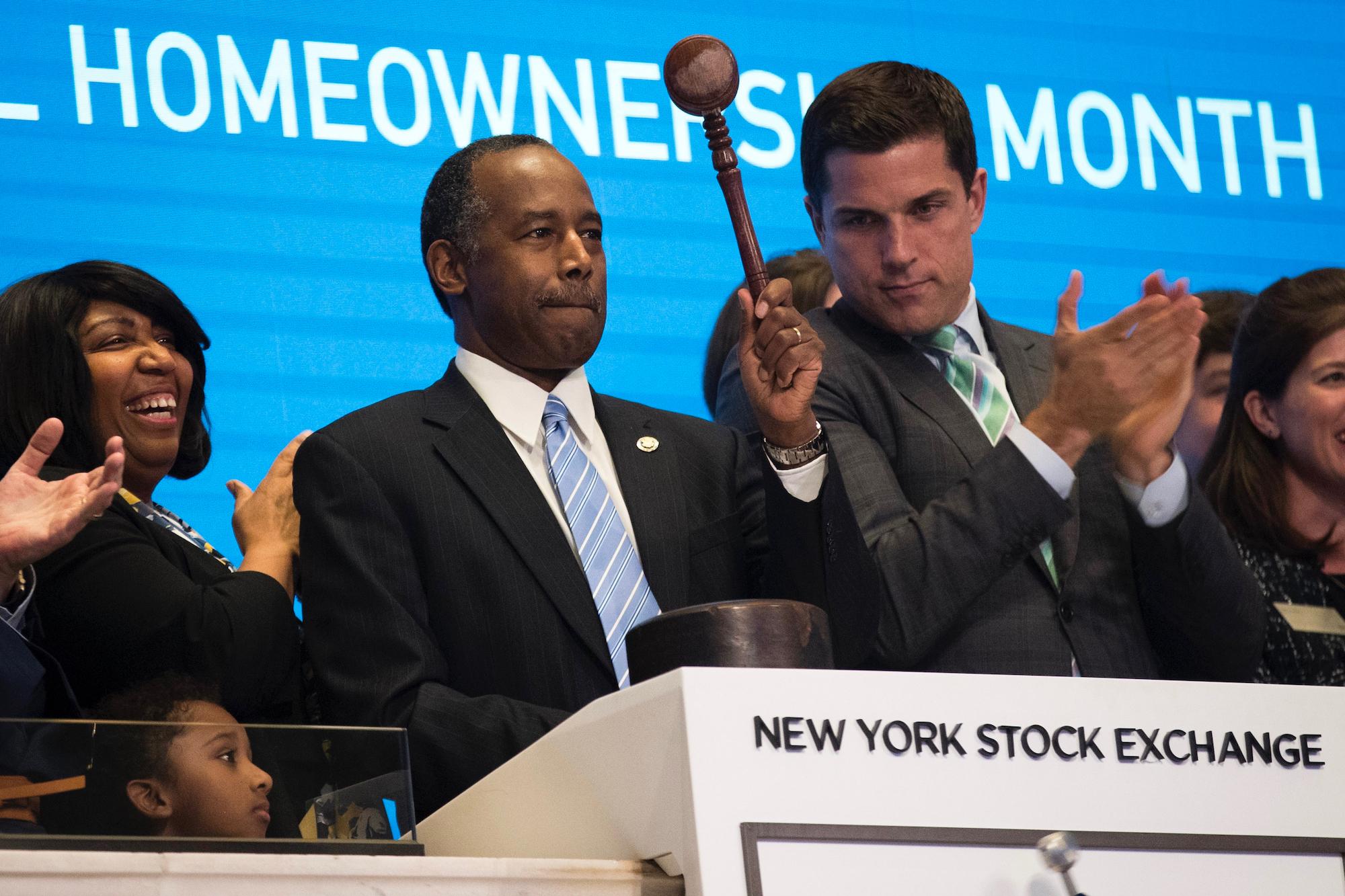Graduate workers at Columbia are the people who teach courses and discussion sections, grade papers and exams, hold office hours and meet with students. We’re the teaching assistants and research assistants who conduct the daily work essential to keeping the university’s many labs and research institutes running.
However, the pay and benefits we receive do not reflect our vital role within the institution, so we voted to unionize in December 2016. The federal government certified the union election months ago, but the university has refused to come to the bargaining table. We went on strike in April to protest this denial to recognize our democratically chosen union, and we’re willing to do so again.
The inability of Columbia workers to collectively bargain for better wages and benefits has many concrete consequences. They are felt day by day, such as when one of us is sitting at the dentist, reading through treatment plans and weighing the costs.
Fillings? Have to happen. Everything else can certainly wait, right? New glasses might be in order, but aren’t covered by insurance, either.
Get Talk Poverty In Your Inbox
During the academic year, around half of our pay goes toward rent, and our summer stipends force us to stretch around $3,300 (before taxes) across three months. Stipends vary across departments, but they aren’t all guaranteed and can depend on individual advisers’ access to grant money. So we do what many of our colleagues do: Take care of only the most urgent concerns while putting everything else off.
For some, that even means putting plans to have a family on hold, since Columbia’s $2,000 annual child care subsidy, while a saving grace for those who receive it, still barely puts a dent in covering the cost of child care in New York City.
The university has not only refused to recognize our union, but also engaged in a long battle to prevent us from holding a vote in the first place. In fact, the Columbia administration argued in front of the National Labor Relations Board that graduate workers are not workers at all, and then actively propagandized in an attempt to dissuade workers from voting to unionize.
The administration lost both battles, with the NLRB affirming graduate workers’ right to unionize in August of 2016, and 72 percent of the graduate worker body subsequently voting in favor of a union in December.
It would require a minuscule fraction of Columbia’s budget to cover dental and vision insurance for its graduate workers or to increase the child care subsidy, which makes its refusal to recognize our union worse. What amounts to pocket change for a university with an endowment of $10.9 billion would mean a drastic increase in the quality of life for graduate workers.
Harvard, Brown, Cornell, NYU, The New School, Tufts, Brandeis, American University, and Georgetown have all recognized their graduate worker unions and are at various stages of negotiations or already have agreed to a contract, while Columbia remains steadfast in its attempts to deny us our rights. The contract negotiated at NYU awarded grad workers some of the benefits we deserve, such as dental coverage, and increased their stipends.
As sociologists, we know that rising inequality in the United States is making it increasingly difficult for those without privileged backgrounds to succeed. We also know that unions reduce inequality, increase wages, and improve conditions for workers of color. The issues at stake are not just material, however. For example, union organizing is helping to provide much-needed support for graduate workers experiencing sexual harassment.
Columbia’s administration is led by a Board of Trustees whose members include investment bankers and venture capitalists, high-powered lawyers, real estate developers, and a pharmaceutical executive. When they persistently — and illegally — ignore multiple NLRB decisions and refuse to bargain with our graduate worker union, it is clear that they are engaging in the same attack on workers that has led to the concentration of income and power for those at the top of the economic hierarchy.
These attacks make apparent the hypocrisy and ease with which powerful institutions depicting themselves as defenders of democracy align with some of the Trump administration’s worst policies, so as not to forgo a drop of their control and capital.
And as sociologists, we know, too, that power concedes nothing without a demand. Since the administration has made it clear that it does not intend to respect the NLRB’s rulings, and since recent Trump appointees to our nation’s courts are unlikely to side with workers, we have few options left other than withholding our labor – which, of course, Columbia claims is not labor at all. We hope a prolonged strike will tip the cold economic calculations surely underlying the administration and the Board of Trustees’ decisions.
Lee Bollinger, the president of Columbia University and a co-chair of the prestigious National Academies of Sciences’ committee on the future of voting, has said that “Nothing is more essential to a functioning democracy than the trust citizens have in casting their ballots.” However, he and the rest of administration have not extended that principle to recognize the results of our legal, democratic vote in favor of unionization.
So our union is ready to demonstrate not only that our labor is critical to the functioning of the university, but that as workers, we have power in numbers – and the power to strike. Because when democracy is under attack, what do we do? Stand up and fight back.










